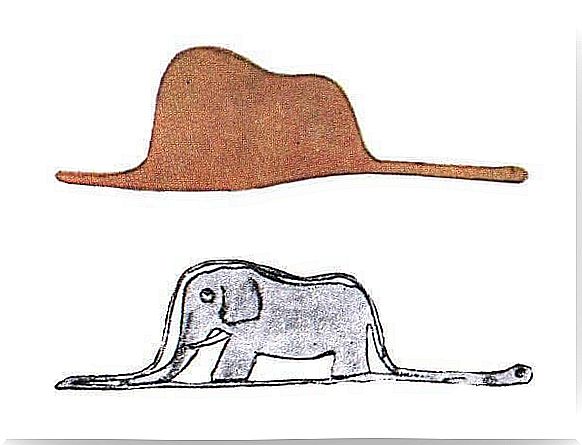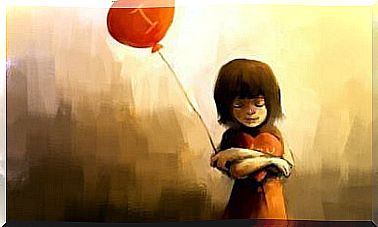Learn To Develop Your Lateral Thinking

It often happens that, when we have to face a more or less difficult problem, we begin to doubt ourselves thinking that finding the solution will be very complicated. The great benefit that lateral thinking brings us is its simplicity, its originality and its creativity. And remember: the first thing to be clear about is that everything, absolutely everything, is easier than we think.
Probably, one of the main mistakes we commit is to use too much the so-called “linear thinking”, that is the one that uses logic in a clear and univocal way and that looks for a single solution. Lateral thinking, on the other hand, is free and leaves room for imagination; presents an infinite number of methods for obtaining one or more solutions.
Learn to be creative
The term “lateral thinking”, or “lateral thinking”, was coined by Edward de Bono, an Oxford psychologist who wanted to discover a new way of solving problems and facing challenges. He wanted to find a perspective that would allow us to move along various trajectories and not just in a straight line, which would give us the opportunity to question things and to go into less obvious paths, stimulating our mind and learning at the same time.
The importance of lateral thinking has been greatly recognized in the field of social and individual psychology; in particular, much weight is given to the fact that we can be original in our reasoning, diversifying them from normality or banality. In order to achieve such freedom and originality in your daily reasoning, you can use the following techniques:
- Random ideas : An essential component of lateral thinking is having an open mind. This requires not discarding all options and, above all, it is advisable to formulate new and random ideas and new options, however strange or out of place they may seem to you.
- Use analogies : analogies are useful for comparing ideas that apparently have nothing in common with each other. The aim is to get away from stereotypes, banality and “prepackaged” concepts. Think of the famous drawing of the work “The little prince”: is it a hat? Is it a snake that ate an elephant? Is it an elephant under a hat?
- Inversion Method : This is undoubtedly a risky technique. Why don’t you try to look at it from a different perspective when you have a problem or challenge to face? Seeing the problem separately can open doors for you that you did not expect; thinking the opposite of what you have established can sometimes give you new visions that not everyone is able to see.
- Fragmentation or division : the purpose of this proposal is to break up the unity of the problem into smaller parts, in order to see the challenge in a broader sense, ie with all the options that exist. Mental blocks, in fact, usually hit when you only look at a part of the problem or challenge, but every action is made up of many small parts that you have to consider.
We now propose small puzzles of lateral thinking, so that you can apply the techniques we have suggested. You will see that these are seemingly simple little challenges, but surely the questions will baffle you a little. Before starting, however, remember the most important principle of lateral thinking: everything is much easier than we think.
Riddle n.1 “There are six eggs in a basket. Six people take one egg for each of them. Why does an egg remain in the basket in the end? “
Enigma n.2 “Grandma is having breakfast and, unwittingly, her glasses fall into the cup of chocolate. When he takes them out he realizes that they haven’t got wet, how is that possible? “
Enigma n.3 ” How to prick a balloon without air coming out and making no noise?”
Enigma n.4 “There are 3 elephants bathing in a one and a half meter deep tub. How will they get out of the water once it’s finished? “
Solutions
Puzzle # 1 : The last person took the basket with the egg inside.
Enigma n.2 : It was not liquid chocolate, but powdered; the chocolate had not yet been prepared.
Puzzle # 3 : The balloon is deflated.
Riddle 4 : Get wet.









